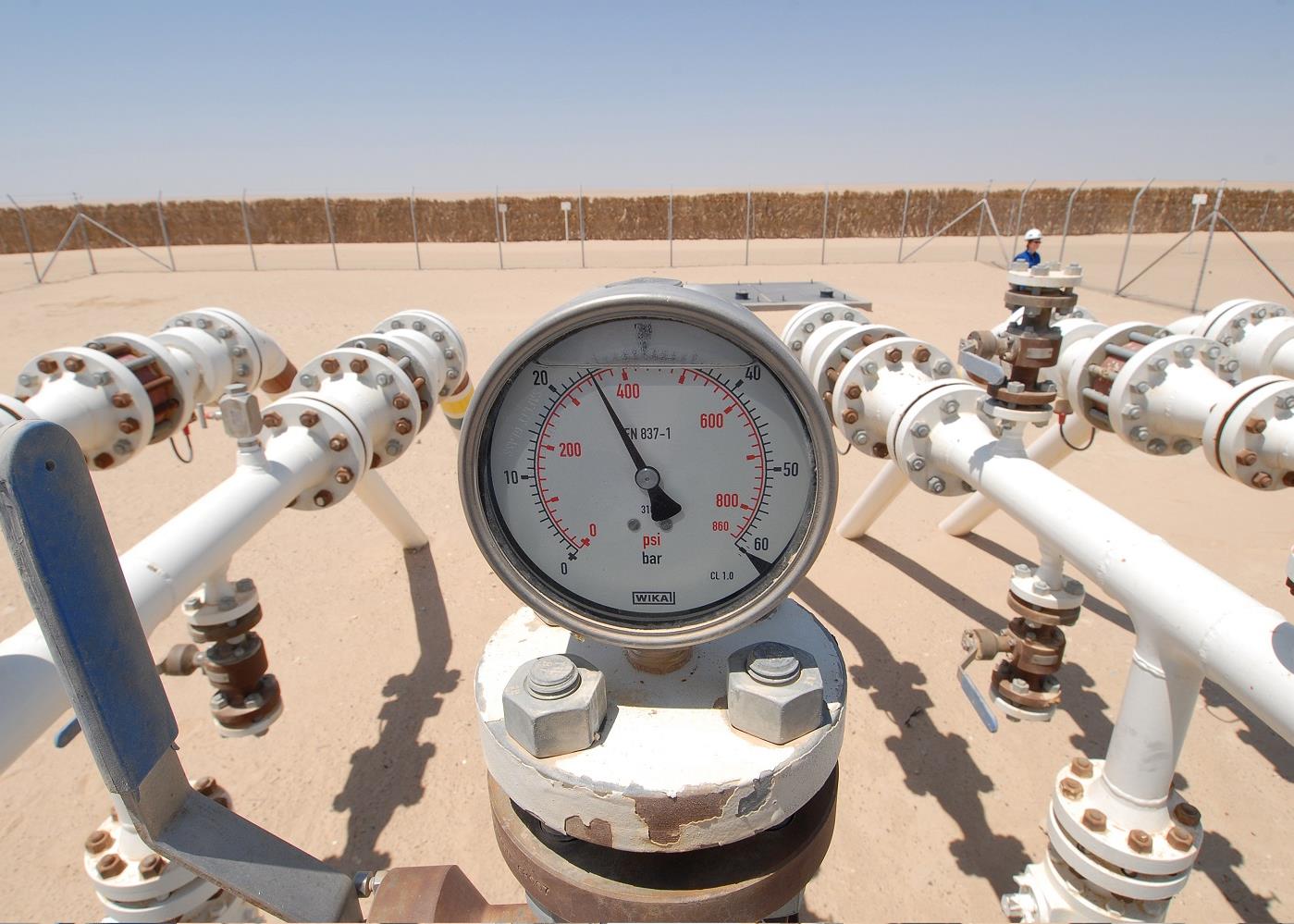
National Assembly rejects IMFs call for cuts to subsidies
- Oil export prices are forecast to average just over $50 a barrel in both 2015 and 2016
- GDP will fall by 29 per cent in 2015 due to lower oil prices and production, but will recover to 2014 levels in 2020
Kuwait has entered an era where oil income and budget and balance of payments surpluses will be lower, but the economy will retain its reputation as one of the regions most creditworthy.
This is according to figures contained in the Washington-based IMFs annual Article IV consultation statement issued on 21 September.
On the same day, the financial and economic affairs committee of Kuwaits National Assembly said it rejected the statements call for the country to cut subsidies and other measures the committee said would affect Kuwaiti citizens.
Figures in the IMF statement show:
- Oil prices: Export prices are forecast to average just over $50 a barrel in both 2015 and 2016, and to recover to $65 a barrel in 2020
- Oil production: This is projected to average 2.8 million barrels a day (b/d) in 2015 and to rise to 3.1 million b/d in 2020
- GDP: At current prices it will fall by 29 per cent in 2015 due to lower oil prices and production, but will recover to 2014 levels in 2020. Government income in dollar terms will fall by 40 per cent in 2015 on lower oil and investment income. It will recover thereafter but will be 78 per cent of its 2014 level in 2020
- Total government spending: This is projected to fall by 12 per cent in dollar terms in 2015 on lower current expenditure. It will recover thereafter
- Government budget surplus: This is projected to fall by almost 90 per cent in 2015. It will recover thereafter, but will remain substantially below the levels seen in 2011-14
- Oil export revenue: It will fall by 47 per cent in 2015. It will recover in 2016-20, but will be 30 per cent lower than the 2014 level in the final year of that period
- Current account surplus: It is projected to fall by more than 75 per cent to $13bn in 2015. The surpluses in 2016-20 will remain greater than 10 per cent of GDP, well down on the figure recorded in 2011-14
You might also like...

Algeria signs oil deal with Swedish company
19 April 2024

Masdar and Etihad plan pumped hydro project
19 April 2024

Ewec signs Ajban solar PV contract
19 April 2024

Contractor orders compressors for onshore project
18 April 2024
A MEED Subscription...
Subscribe or upgrade your current MEED.com package to support your strategic planning with the MENA region’s best source of business information. Proceed to our online shop below to find out more about the features in each package.




